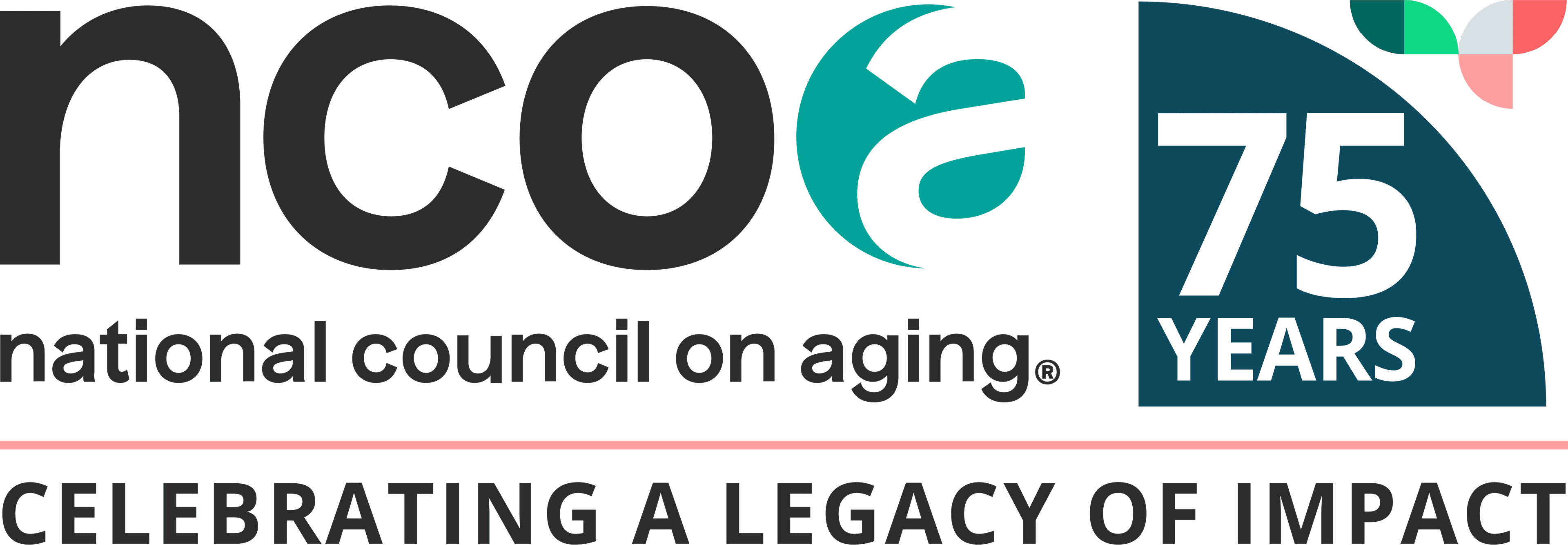
Are you about to turn 65 and become newly eligible for Medicare? Choosing a plan is a big decision—and it’s not always an easy one. There are important things you should know up front. For example, the least expensive plan is not necessarily the best option, and neither is the most expensive plan.
Take the time to figure out which Medicare plan coverage and price options make sense for your health needs and budget. These five simple steps can get you started.
1. Know what to do—and when
Medicare has specific windows of time to make enrollment decisions; these are known as enrollment periods. The first one is your Initial Enrollment Period. This is the period three months before, the month of, and the three months after your 65th birthday, and it’s when you're eligible to enroll in Medicare. See our complete guide to Medicare’s enrollment periods.
Even if you are 65 and still working, it’s a good idea to review your options. People receiving Social Security benefits when turning 65 will be automatically enrolled in Medicare Parts A and B. Based on your employment situation and health care options, you may need to consider enrolling in Medicare.
You may face a penalty if you do not enroll in a Medicare plan during the proper timeframe. For example, if you don’t sign up for Part D when you're first eligible, you may face a late enrollment penalty if you later join a Part D plan.
2. Check for help with paying for Medicare costs
Medicare is not free; you are still responsible for paying certain costs out of pocket such as premiums, deductibles, and copayments. There are programs that can help you pay for these costs if you have low income. Examples include the Medicare Savings Programs (MSPs), the Part D Low-Income Subsidy (Extra Help) benefit, Medicaid, and State Pharmaceutical Assistance Programs (SPAPs).
Use our BenefitsCheckUp tool to learn more about public and private benefits programs you may qualify for—programs that can help you afford daily expenses, live healthy, and stay independent. You can also contact your local State Health Insurance Assistance Program (SHIP) for help.
3. Decide between original Medicare and Medicare Advantage
Start by reviewing your current yearly health care needs, including medications, preferred providers, and any anticipated treatments. Then, consider the different types of Medicare plans available.
Original Medicare has two parts: Part A covers hospitalization and Part B covers medical expenses. But many people find that Parts A and B together still leave gaps in what is covered, so they buy a Medicare supplement (or Medigap) plan. Medigap plans can cover things like the Part A deductible and coinsurance for skilled nursing facility care. Some plans may cover foreign travel emergencies.
You can also choose to get your Medicare coverage through a Medicare Advantage (Part C) plan instead of original Medicare. Medicare Advantage plans include all the coverages provided by original Medicare. They also provide prescription drug (Part D) coverage.
What's more, almost all Medicare Advantage plans pay for supplemental services not covered by basic Medicare—such as vision care, wellness programs, and other non-medical benefits. Part C plans are sold by agents working for insurance companies approved by Medicare. There is typically a premium for Part C policies on top of the Part B premium, although some Medicare Advantage plans offer zero-premium plans.
4. Compare policy coverages and price
Review the coverage details, costs, and any additional benefits offered by each plan you’re considering. If you enroll in original Medicare (Parts A and B), your premiums and coverage will be the same as other people who have Medicare. You can see any health care provider that accepts Medicare.
If you choose a Medicare Advantage or Medigap policy, there will be hundreds of plan options to consider, each providing a different set of coverages at a different cost. It pays to shop around; the least expensive policy may not be the best value for your situation.
5. Select and enroll on time
Choosing a Medicare plan is not a one-time decision. Insurance plans—and personal needs—change each year. Medicare has an Open Enrollment Period annually for Medicare Part D drug and Medicare Advantage plans. But there are limitations on when you can purchase or change a Medigap policy. Take the time to evaluate your changing needs and coverage options to ensure you get the optimal coverage at the most affordable rates.
"Choosing the right Medicare plan is vital to ensuring your health care needs are met without the strain of unexpected costs,” said Jen Teague, NCOA Director for Health Coverage and Benefits. “By carefully weighing your options, you can select coverage that best aligns with your health priorities, budget, and future medical needs. It's an important decision that can dramatically impact your financial security and access to necessary care as you age."
Where can I get help choosing a Medicare plan?
How much should Medicare supplemental insurance cost? Will Medicare pay for a caregiver? If you have questions about your coverage choices, help is available. Contact you local State Health Insurance Assistance Program (SHIP) for personal guidance on selecting a Medicare plan.
SHIP counselors are specially trained in the Medicare program. They will:
- Offer unbiased guidance tailored to your personal needs
- Guide you in comparing plans to find coverage that fits your budget
- Help you avoid penalties and understand enrollment timelines
- Explain cost-saving programs like Extra Help or MSPs and how to apply
Visit the SHIP website and click on the orange "SHIP Locator" button to get started.




